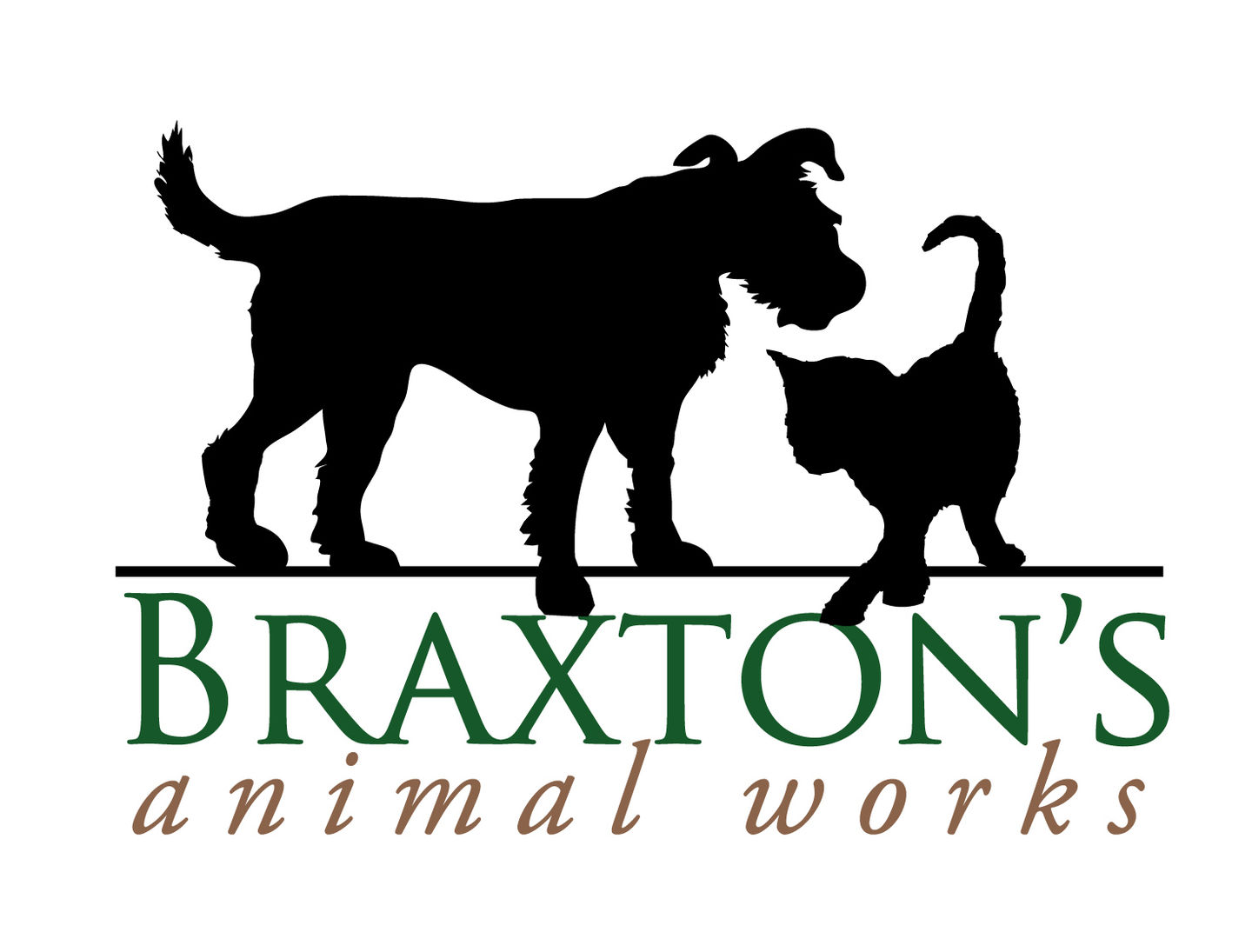Your pets are your family, and like any member of the family, their well-being is always at the forefront of your mind. One big question you might have is, how can you improve their nutrition and make sure they’re getting everything they need to thrive? One answer to that question is organ meat. That’s right, the same organ meat you might turn your nose up at can actually be incredibly beneficial for your beloved furry friends. In this article, we will break down the different types of organs and what they offer nutritionally, as well as discuss freeze-dried organ treats and some brands of kibble that use this ingredient to boost nutrition.
Different Organs and Their Nutritional Benefits
Compared to regular cuts of muscle meat, organ meats are more densely packed with just about every nutrient, including heavy doses of B vitamins such as: B1, B2, B6, folic acid and vitamin B12.
Organ meats are also loaded with minerals like phosphorus, iron, copper, magnesium and iodine, and provide the important fat-soluble vitamins A, D, E and K. Animals raised outside on grass contain even higher levels of these essential nutrients than their grain-fed animals.
Hearts, livers, and lungs might not be the most appetizing things for us humans, but for pets, they can be a fantastic source of nutrition.
Hearts, for instance, are mainly made up of protein, as well as being a great source of vitamins B2, B6, and B12. They also contain zinc, copper, and other minerals that can aid in your pet’s digestion by increasing the production of digestive enzymes. Taurine deficiency is one cause of a heart condition called dilated cardiomyopathy (DCM), where the heart muscle thins and the chambers become enlarged. Other animals hearts such as beef and chicken hearts are chuck full of Taurine to help your pet's heart stay strong!
Livers, on the other hand, are incredibly nutrient-dense, containing B vitamins, vitamin A, and iron. All of these nutrients play an essential role in your pet’s overall health, from maintaining skin and coat to supporting their immune system.
Lungs are another organ that might not sound appealing, but they’re actually a great source of protein and essential fatty acids. They’re also rich in collagen, which helps support your pet’s joints and connective tissues. All of these organs can be easily added to your pet’s diet, either by cooking them up and mixing them in with your pet’s regular food or by buying freeze-dried versions to use as treats.
Freeze-Dried Treats and Toppers
Speaking of freeze-dried treats, this can be a great way to get some of those essential nutrients into your pet’s diet without having to cook and prepare them yourself. Freeze-dried treats are available in a range of different organ meats, and they’re a great training aid. Not only are they packed with nutrition, but they can also be broken up into smaller chunks as rewards during training sessions. Some of our favorite freeze-dried organ treats are pictured below!
Kibble Brands that Use Organ Meats
It’s not just treats where you might find organ meat, either. Some brands of kibble are now using organ meats as part of their ingredient lists, boosting the overall nutritional value of the food. This can be especially important for pets with specific nutritional requirements, such as older pets or those with health conditions that require a specific diet. It’s always important to read the ingredient list of any pet food you buy, so you can be sure you’re giving your pet the best possible nutrition. Here is a list of Brands Braxton's carries that invest in good quality organ meats to make their food more nutritionally dense:
- Orijen
- Acana
- Instinct Pet Food
- The Honest Kitchen
- RAWZ Pet Food
- Stella & Chewy's
Other Forms of Nutrition that Use Organ Meats
Freeze-dried and air-dried raw foods such as Primal Pet Foods, Stella and Chewy’s, Bones & Co., Grandma Mae's Country Naturals, and Dr. Marty's Pet Food are becoming increasingly popular. These foods can provide your pet with the same benefits as cooked organ meat, but in a much more convenient form. They also contain additional nutrients like vitamins and minerals that are not found in cooked organs. These can be fed as a complete diet, as a topper, or used as nutrient dense training treats.
At the end of the day, organ meat might not be the most glamorous food option, but it can be incredibly beneficial for your pet’s nutrition. From hearts packed with protein to livers bursting with vital nutrients, there’s no denying that organ meat offers a range of essential vitamins and minerals that can help your furry friend thrive. Whether you’re cooking up liver or adding some freeze-dried treats to your training regimens, organ meat can be a fantastic addition to any pet’s diet.

